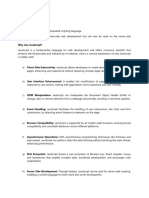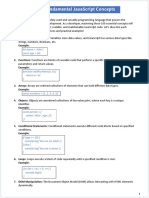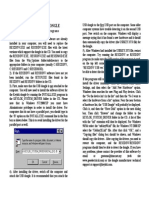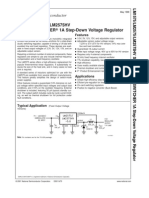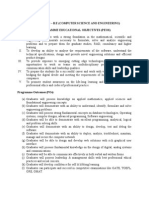0% found this document useful (0 votes)
19 views18 pagesJavascript Ans Jquery
The document provides a comprehensive overview of JavaScript and jQuery concepts, including data types, variable declarations, closures, the 'this' keyword, event delegation, promises, and error handling. It also covers jQuery functionalities such as element selection, event handling, AJAX requests, and DOM manipulation techniques. Each topic is illustrated with examples to enhance understanding.
Uploaded by
snehanila25Copyright
© © All Rights Reserved
We take content rights seriously. If you suspect this is your content, claim it here.
Available Formats
Download as DOCX, PDF, TXT or read online on Scribd
0% found this document useful (0 votes)
19 views18 pagesJavascript Ans Jquery
The document provides a comprehensive overview of JavaScript and jQuery concepts, including data types, variable declarations, closures, the 'this' keyword, event delegation, promises, and error handling. It also covers jQuery functionalities such as element selection, event handling, AJAX requests, and DOM manipulation techniques. Each topic is illustrated with examples to enhance understanding.
Uploaded by
snehanila25Copyright
© © All Rights Reserved
We take content rights seriously. If you suspect this is your content, claim it here.
Available Formats
Download as DOCX, PDF, TXT or read online on Scribd
/ 18














